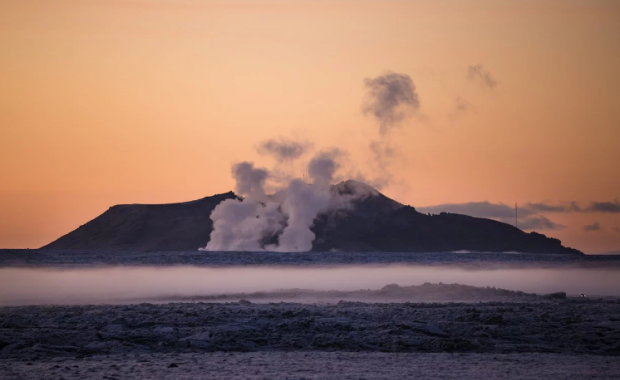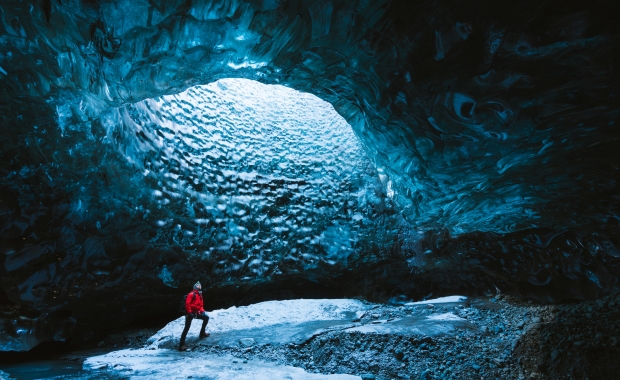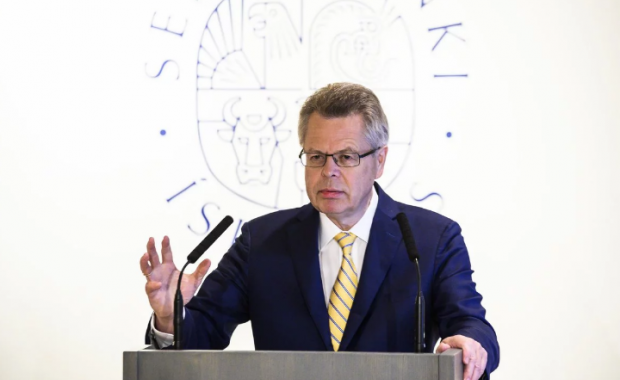Yesterday's 4.5 magnitude earthquake in the Bárðarbunga system was the largest quake since the end of the 2014-15 Holuhraun eruption, the last eruption in Bárðarbunga. Scientists keep a close eye on Bárðarbunga, as the system has historically erupted in drawn out episodes lasting several years, with alternating eruptions and periods of intense seismic activity.
Read more: Powerful earthquake swarm in Bárðarbunga volcano, 4.5 magnitude quake near Holuhraun lava field
The last eruption in the Bárðarbunga system, which is one of Europe's largest volcanic systems, took place in 2014-15. The Holuhraun eruption took place in the northern part of the system, north of the main caldera of Bárðarbunga, which is located beneath the NW edge of Vatnajökull glacier. The intense seismic activity which has characterized the system since the end of the Holuhraun eruption is caused by the re-filling of the magma chambers of the volcano.
Read more: Quick primer on Bárðarbunga, Iceland's most powerful volcano
Yesterday's quake, a 4.5 magnitude quake to the north-west of the caldera, close to the edge of the Holuhraun lava field, preceded by a 3.8 magnitude quake in the NE edge of the caldera, was the largest quake detected in the system since the end of the Holuhraun eruption. A seismologist with the Icelandic Meteorological Office told the Icelandic National Broadcasting Service that there were no signs of immediate volcanic activity in the region.
Yesterday's 4.5 magnitude earthquake in the Bárðarbunga system was the largest quake since the end of the 2014-15 Holuhraun eruption, the last eruption in Bárðarbunga. Scientists keep a close eye on Bárðarbunga, as the system has historically erupted in drawn out episodes lasting several years, with alternating eruptions and periods of intense seismic activity.
Read more: Powerful earthquake swarm in Bárðarbunga volcano, 4.5 magnitude quake near Holuhraun lava field
The last eruption in the Bárðarbunga system, which is one of Europe's largest volcanic systems, took place in 2014-15. The Holuhraun eruption took place in the northern part of the system, north of the main caldera of Bárðarbunga, which is located beneath the NW edge of Vatnajökull glacier. The intense seismic activity which has characterized the system since the end of the Holuhraun eruption is caused by the re-filling of the magma chambers of the volcano.
Read more: Quick primer on Bárðarbunga, Iceland's most powerful volcano
Yesterday's quake, a 4.5 magnitude quake to the north-west of the caldera, close to the edge of the Holuhraun lava field, preceded by a 3.8 magnitude quake in the NE edge of the caldera, was the largest quake detected in the system since the end of the Holuhraun eruption. A seismologist with the Icelandic Meteorological Office told the Icelandic National Broadcasting Service that there were no signs of immediate volcanic activity in the region.






